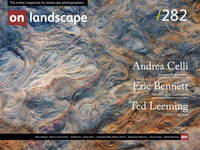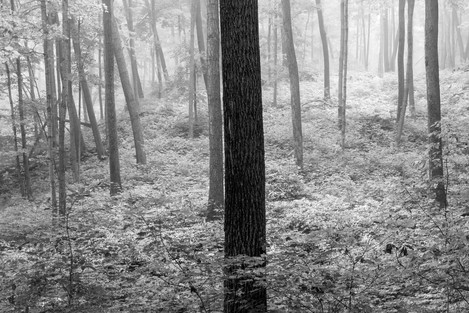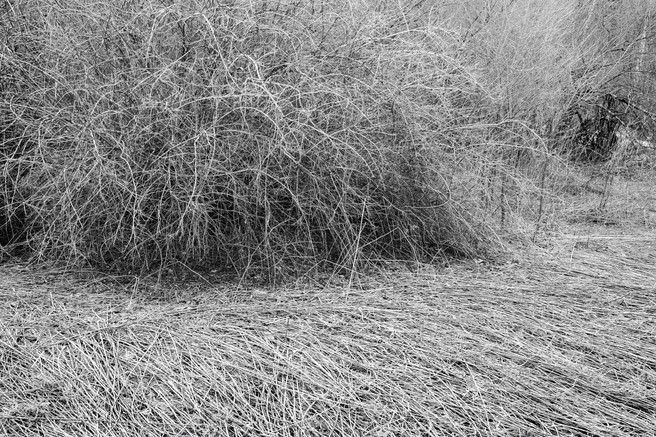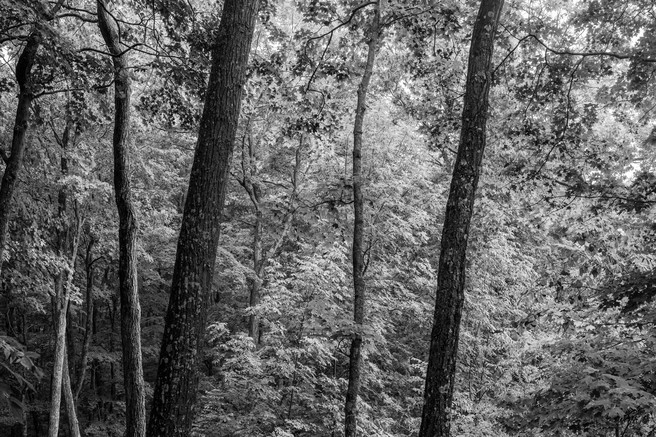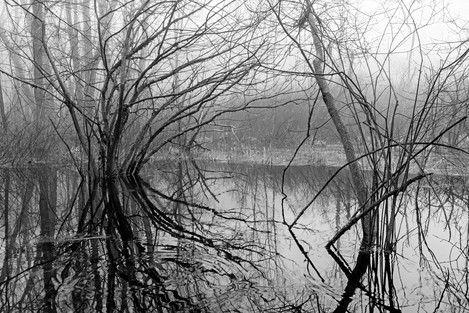The resilience of the land

James Popp
After a varied career in biology, accounting, and commercial banking, I now spend time hiking, birding, and photographing in the state forest near my home in Wisconsin. When doing those times my life is ruled by three golden retrievers.
Almost 40 years ago, I moved to Wisconsin and found myself living near the Northern Unit of the Kettle Moraine State Forest.
The Northern Unit of the Kettle Moraine State Forest is a pocket of green surrounded by agricultural land. With 12,150 hectares and a number of trails, the forest provides numerous opportunities to explore. It lies in an area of glacial deposits left behind from when the lobes of two ice age glaciers met, shaping its irregular terrain. It is home to drumlins, kettles, eskers, and some of the best examples of moulin kames in North America which provide an interesting but not spectacular terrain. While it has one of the oldest forests in southern Wisconsin, it is not a pristine wilderness. Nearly half of it was formerly agricultural land, with more having been logged. Parts were reforested with conifer plantations not typical of the area that was dominated by hardwoods pre-European settlement. It continues to be subjected to logging. The arrival of numerous exotic, invasive species has also left its mark, with non-native plant species now being widespread. The emerald ash borer from Asia has killed all of the once abundant ash trees.
Its unnatural state is what remains of nature in this part of Wisconsin. As a long-term observer of this area, it is easy to notice the changes. At the same time, it is easy to overlook the resilience of the land and its flora. It may be changing, but it still is green with unique terrain, and it was beginning to have a deepening hold on me. I do not want to see this forest as just another example of environmental loss. I still find in this land the ability to be lost in “nature” and also to be lost in oneself.
The things I was noticing about my surroundings inspired me to return to photography. For the last ten years, I have been photographing the area. I started trying to capture the kettle moraine with one photographic slice of the landscape at a time with the hope that the slices would add up to a document of the forest as a whole. My repeat visits to the same areas had me thinking about the work as a series rather than single images. With time, I realised my photographs were not documents. I was selecting views that presented a very personal view of this place. Through the photographs, I was creating my own personalised map of my walks both in space and through time.
Even with having spent so much time in this area, it is still possible to see something intriguing around each corner. Knowing that each day it is possible to perceive the same world differently keeps the challenge and reward ongoing for both exploring and for photography. This land is not one of the large vistas. The subjects for photography are subtler and lead to a more reflective approach. The land, flora, and light gives one an ever changing surroundings that one needs to stay enthralled.

